FORT BENNING, Ga. - Fire is bad, or is it'
Thirty years ago, massive wildfires at Fort Benning numbered into the hundreds annually. Spanning thousands of acres at a time, the wildfires not only affected safety but also the ability to train Soldiers, said John Brent, chief of the Environmental Management Division, Directorate of Public Works.
Today, the number of wildfires has receded to an average of 62 annually, affecting a handful of acres at a time.
The solution to the wildfire problem' Fighting fire with fire.
Foresters with Fort Benning's Land Management Branch, DPW, conduct prescribed burns on nearly 30,000 acres of land a year. The prescribed burns are part of a three-year cycle that rotates the burns through nearly half of the post's 180,000 acres. The prescribed burns serve two purposes: to control the ability of wildfires, often started by military training, to spread; and to encourage and perpetuate the longleaf pine ecosystem.
"The longleaf pine is a component of a fire-dependant system - for it to compete successfully in the ecosystem, it must have fire," Brent said.
The longleaf pine is an important part of Fort Benning's efforts to protect endangered species, such as the red-cockaded woodpecker and the gopher tortoise.
To survive, vegetation that competes for the same resources as the longleaf pine is managed through prescribed burns.
Because the longleaf pine is a deep-rooted tree that can potentially live up to 300 years and is relatively disease-resistant, it is also a good tree to grow in post training areas, Brent said.
"It supports training, especially dismounted training where Soldiers use the trees for cover and concealment," he said.
Preventing wildfires
In 1985, Fort Benning had approximately 600 wildfires, burning roughly 35,000 acres total. Last year, the post recorded 30 wildfires and a total of 600 acres, said Stephen Hudson, lead forester for the Land Management Branch. To tamp down on raging wildfires, the post began prescribed burns to reduce the amount of "fuel" - excess vegetation and timber - available.
"By putting the installation on a prescribed burn rotation, we've reduced the number of wildfires, the assets lost and the impacts of smoke," Hudson said. "Fort Benning is going to burn, whether it's controlled or not. By managing those fires, it's a win-win for our neighbors and Fort Benning. In the West, wildfires are burning homes down, getting out of control and destroying millions of acres. Out here, we took it into our own hands to reduce the fuel load and promote a healthy ecosystem."
During the burn season, running roughly from December to May, a team of 13 people with the Land Management Branch's fire management office is responsible for igniting 30,000 acres of land. A record rainfall of more than 70 inches last year prevented the branch from reaching its goal and tacked on an additional 6,000 acres to this year's goal, making it 36,000. Heavy rains this year have hampered the branch's efforts to get back on track but Hudson said he hopes the rains will abate in time to burn approximately 31,000 acres more before the season ends.
Firebreaks and smoke
Before igniting a prescribed burn, Hudson said a lot of careful planning is done to ensure each fire will follow a predetermined path and not grow larger than it is intended to.
Factors in the planning process include wind direction and other weather parameters, landscape features, smoke, sensitive areas, threatened and endangered species and any natural or man-made firebreaks. Firebreaks are key to controlling the size of the prescribed burn, Hudson said.
Land Management Branch personnel maintain approximately 300 miles of trails and firebreaks for controlling prescribed burns. Potential firebreaks can include trails, roads, creeks and drainage areas.
A key factor considered prior to conducting a prescribed burn is wind direction because it influences the direction smoke will travel when the fire is ignited.
"Every effort is made to prevent smoke from going into surrounding communities and causing issues with air quality," Hudson said. "Weather parameters are constantly monitored to ensure smoke from the prescribed burns doesn't impact Columbus and other populated areas."
Ozone levels are also monitored starting in May. Prescribed burns are not conducted during periods of high ozone levels to promote clean air.
Prescribed burns at Fort Benning this season:
2010 goal: 36,000 acres
Number of prescribed burns this season: 31
Total acres covered: 5,200
How much more to go: 30,800
Deadline: May
What is a wildfire'
A wildfire is any uncontrolled fire that occurs in a wilderness or countryside area. Most wildfires are caused by lightning, accident or arson. Wildfires can cause extensive damage. The main cause of wildfires on Fort Benning is attributed to military training. In Georgia, the wildfire season is generally during the dry and windy months of February through May.
What is a prescribed burn'
A prescribed burn is a fire ignited by trained personnel during specific conditions with the intention of clearing underbrush and renewing habitats. This burn controls the severity and extent of future wildfires by reducing the available fuel load. This technique is used in forest management, farming, prairie restoration and greenhouse gas abatement.
How is a prescribed burn ignited'
Most prescribed fires are lit by crews using the drip torch, a hand-carried device that pours out a small stream of burning fuel. Other fires or burns are ignited by helicopters carrying a gelled fuel torch (helitorch) or a sphere dispenser machine that drops material to ignite the surface fuels in forest and range types. Exactly how each fire is ignited depends on weather, the lay of the land and the intensity
of the fire needed to meet the goal of the burn.
Source: U.S. Forest Service
When is the next scheduled burn'
Because weather conditions can change from day to day, the schedule for prescribed burns varies. Find out when the next prescribed burn is by checking Fort Benning's Facebook and Twitter pages daily for updates.
Want to know more'
Visit the Georgia Forestry Commission's Web site
at http://www.gfc.state.ga.us.
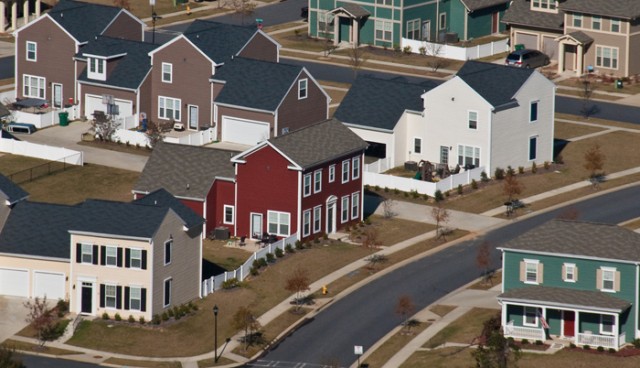
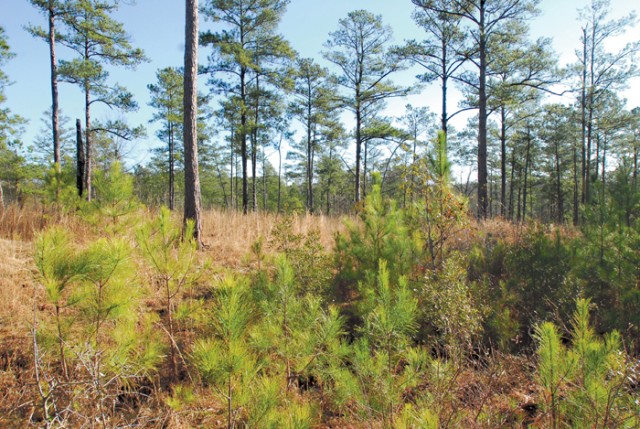
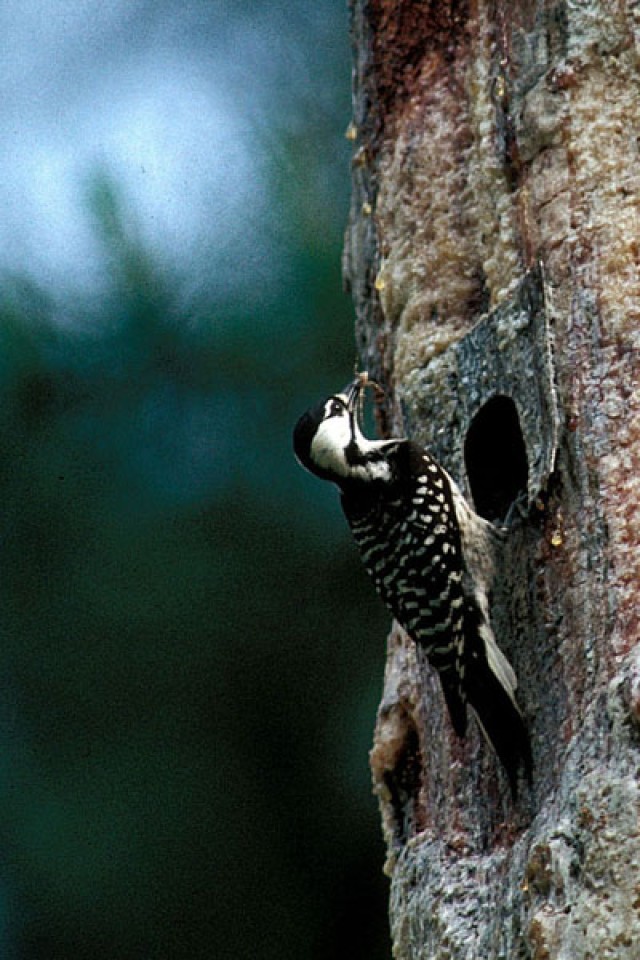
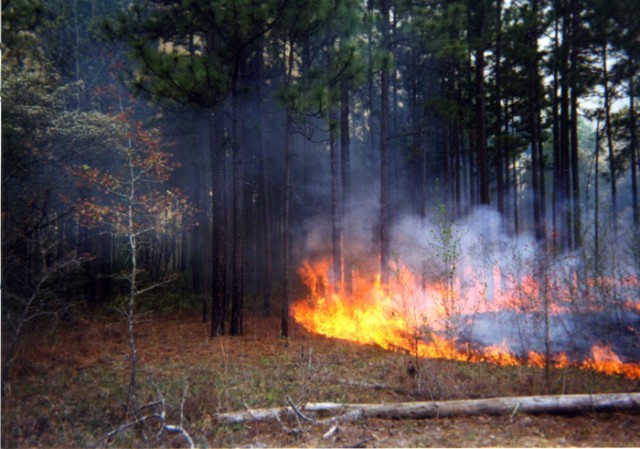
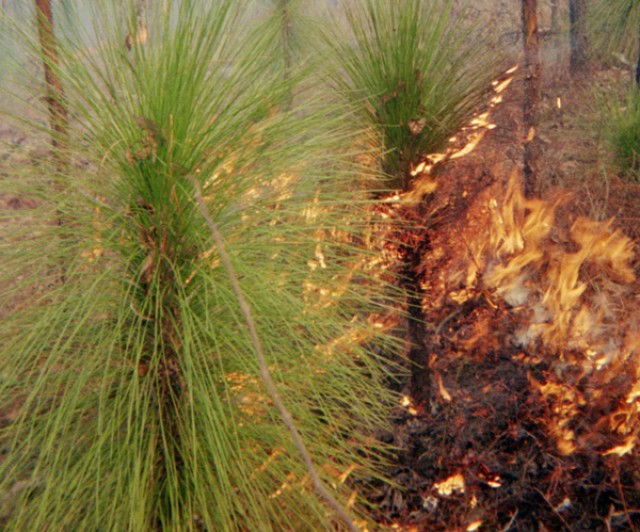
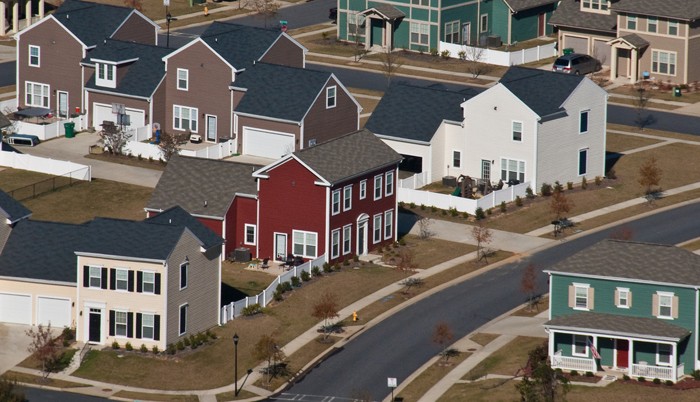
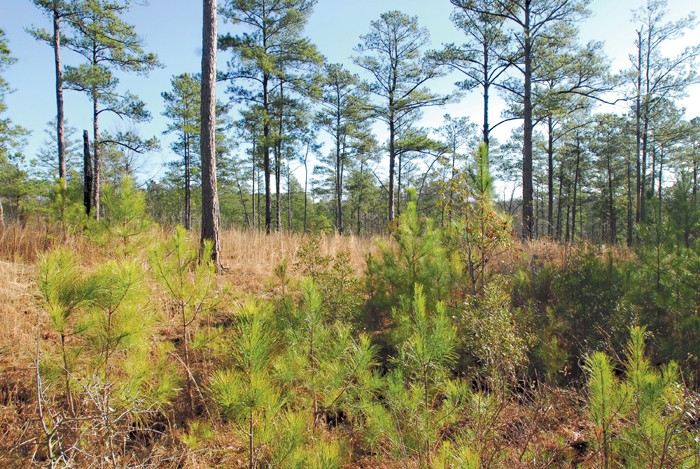
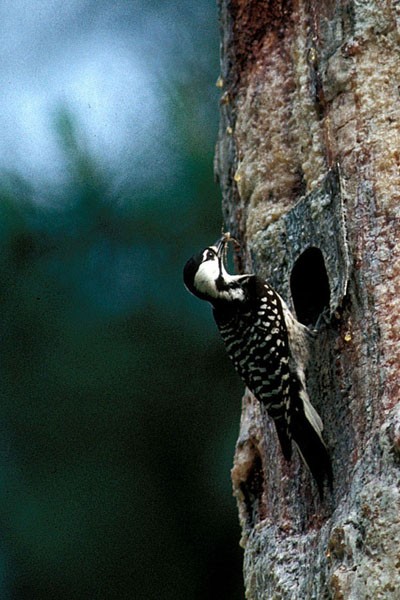
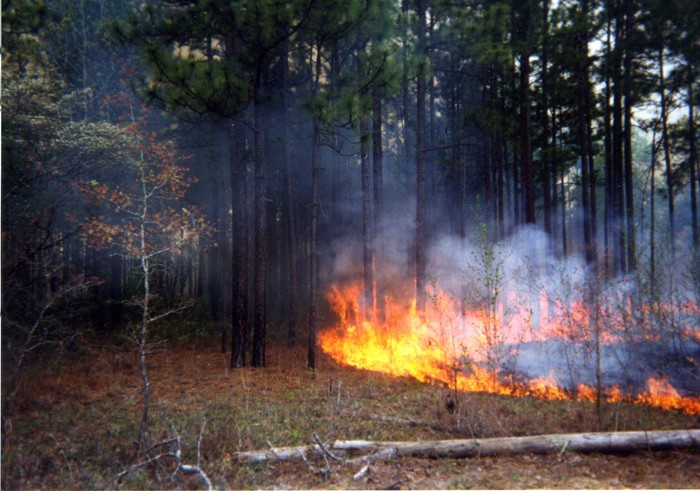
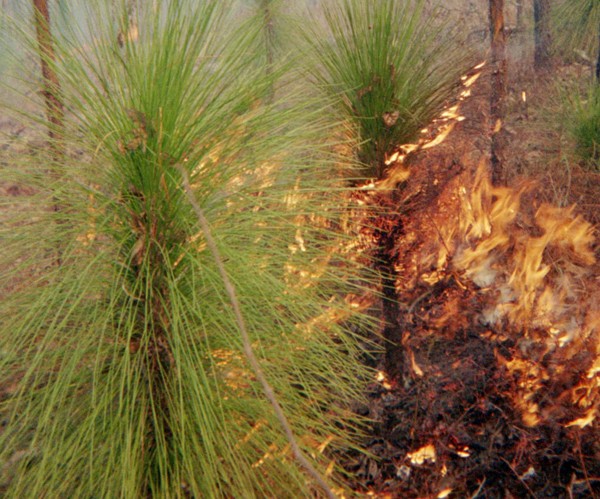
Social Sharing